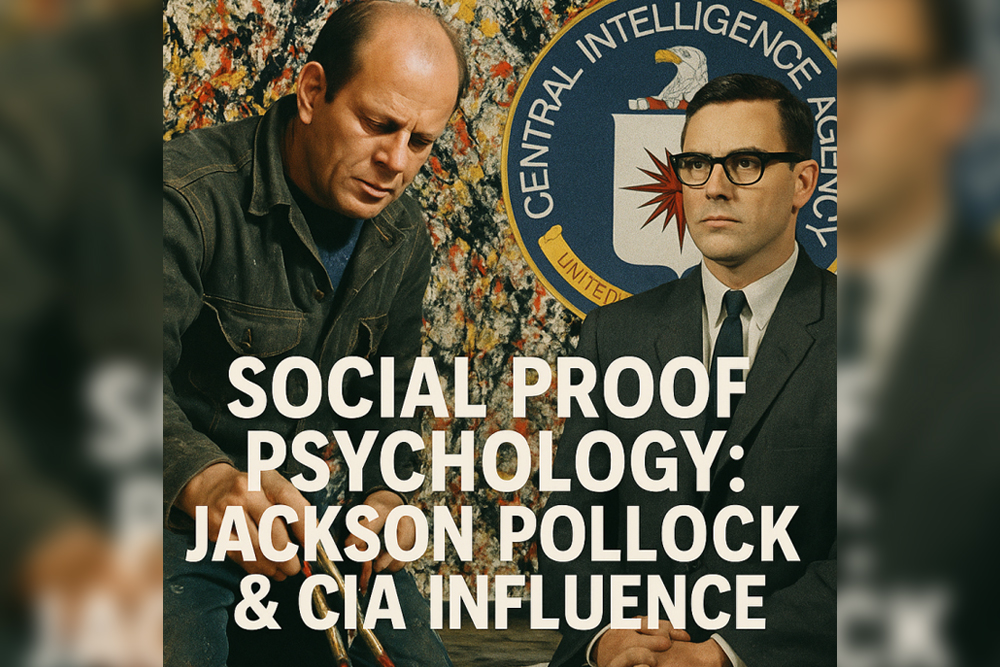
How Can Brands Align Their Messaging with Consumer Values to Minimize Cognitive Dissonance?

In today’s marketplace, consumers are more informed, empowered, and values-driven than ever before. They seek out brands that resonate with their personal beliefs and principles, from sustainability and ethical production to social responsibility and transparency. When a brand’s messaging aligns with consumer values, it fosters trust and loyalty. However, when there’s a disconnect, cognitive dissonance arises—an uncomfortable mental state caused by conflicting beliefs or behaviors. Cognitive dissonance can lead to dissatisfaction, buyer’s remorse, and even brand abandonment.
Brands that understand the importance of aligning their messaging with consumer values can reduce cognitive dissonance and create stronger, more enduring relationships with their audiences. In this blog, we will explore how brands can minimize cognitive dissonance by aligning their messaging with consumer values and the benefits of doing so.
What Is Cognitive Dissonance?
Cognitive dissonance, a term coined by psychologist Leon Festinger, occurs when individuals experience a conflict between their beliefs and their actions, resulting in psychological discomfort. In the context of consumer behavior, cognitive dissonance typically arises when a customer’s purchase or interaction with a brand doesn’t align with their values or expectations.
For example, a consumer who values environmental sustainability may experience cognitive dissonance if they purchase a product from a company that isn’t transparent about its environmental impact. This mental tension can lead to feelings of regret, dissatisfaction, and a desire to resolve the conflict—often by either changing behavior or altering beliefs to justify the purchase.
By addressing cognitive dissonance, brands can create more positive and satisfying consumer experiences. The key is to ensure that their messaging, branding, and actions consistently align with the values their audience holds dear.
Why Aligning Brand Messaging with Consumer Values Is Important
In a marketplace where consumers are inundated with choices, the brands that stand out are those that forge deep emotional connections with their audience. One of the most effective ways to create such a connection is by aligning your brand messaging with the values your customers hold. Doing so offers multiple benefits:
- Builds Trust: When brands consistently demonstrate that they share their customers’ values, they build trust. Trust is a critical factor in consumer loyalty and long-term relationships.
- Reduces Cognitive Dissonance: Aligning messaging with consumer values minimizes the likelihood of cognitive dissonance, ensuring that customers feel confident and comfortable in their purchasing decisions.
- Drives Brand Loyalty: Consumers are more likely to remain loyal to a brand that reflects their values. In fact, they may even be willing to pay more for products or services from a brand that stands for something they believe in.
- Enhances Emotional Connection: Aligning messaging with values creates an emotional connection that goes beyond the functional benefits of a product or service. This deeper connection can lead to more meaningful engagement and advocacy.
How Brands Can Align Their Messaging with Consumer Values
To successfully align messaging with consumer values, brands need to develop a clear understanding of their target audience and create strategies that authentically reflect those values. Here’s how brands can achieve this alignment and minimize cognitive dissonance:
1. Understand Your Audience’s Core Values
The first step in aligning your brand’s messaging with consumer values is to understand what those values are. Conduct thorough market research, engage in social listening, and analyze customer feedback to gain insights into what matters most to your audience. Are they concerned about environmental sustainability? Do they prioritize ethical production or fair trade? Are they driven by health and wellness, inclusivity, or social justice?
Once you’ve identified the core values of your target audience, you can tailor your messaging to reflect those priorities. The more your brand aligns with the values of your consumers, the more likely they are to engage with and trust your brand.
2. Create Authentic Brand Messaging
Consumers are quick to detect inauthenticity, and disingenuous messaging can exacerbate cognitive dissonance. Brands need to ensure that their messaging reflects their genuine commitment to the values they promote. For instance, if sustainability is a key concern for your audience, your brand should back up any environmentally friendly claims with real action—such as transparent reporting on carbon emissions, eco-friendly packaging, or sustainable sourcing.
Authentic messaging means being transparent about both your successes and areas for improvement. It’s important to avoid overstating claims, which can lead to skepticism and increase cognitive dissonance when consumers discover the truth. Authenticity builds credibility and reinforces the alignment between brand and consumer values.
3. Align Actions with Messaging
Words alone are not enough. Brands must ensure that their actions align with their messaging. When brands say one thing but do another, it can create significant cognitive dissonance for consumers, leading to distrust and brand abandonment.
For example, a company that promotes inclusivity but has a history of poor workplace diversity practices will create cognitive dissonance for its audience. To avoid this, ensure that your brand practices and internal policies are aligned with the values you espouse in your messaging. This means consistently evaluating and refining your business operations, sourcing methods, employee practices, and corporate social responsibility (CSR) initiatives.
4. Tailor Messaging for Different Audience Segments
Not all consumers prioritize the same values, even within the same target audience. By segmenting your audience based on shared values and preferences, you can create more personalized and resonant messaging for each group.
For example, a beauty brand might appeal to one segment of customers by emphasizing cruelty-free practices, while another segment might care more about the environmental impact of packaging. By tailoring your messaging to address the specific values of each group, you can minimize cognitive dissonance and create stronger connections with different customer segments.
5. Leverage Storytelling to Reinforce Values
Storytelling is a powerful tool for communicating values and engaging audiences on an emotional level. When done effectively, storytelling can help humanize your brand and reinforce the alignment between your messaging and consumer values.
Share stories that highlight your brand’s commitment to the causes and principles your audience cares about. Whether it’s showcasing your brand’s efforts to reduce its environmental footprint, supporting local communities, or promoting social justice initiatives, storytelling allows you to demonstrate the real-world impact of your values. This can help resolve any potential dissonance by providing consumers with evidence that your brand truly practices what it preaches.
6. Incorporate Consumer Feedback into Brand Messaging
Consumers want to feel heard, and brands that actively listen to and incorporate customer feedback into their messaging are more likely to build trust and reduce cognitive dissonance. By engaging with your audience through surveys, reviews, or social media interactions, you can gain insights into how your messaging is being received and make adjustments as needed.
For example, if customers express concerns about the sustainability of your products, take that feedback seriously and incorporate changes into your business practices and messaging. This shows your audience that you value their input and are committed to aligning with their values.
How We Can Help
At Golden Seller Inc., we specialize in creating authentic, values-driven messaging that resonates with consumers and minimizes cognitive dissonance. As the best-ranked marketing firm in California for 2023 and 2024, we understand the importance of aligning your brand’s actions and messaging with the values of your target audience. Whether you’re looking to create personalized content, refine your messaging to reflect social or environmental values, or enhance your storytelling approach, we can help. Contact us today to learn how we can create marketing strategies that build trust, foster loyalty, and drive long-term success.




